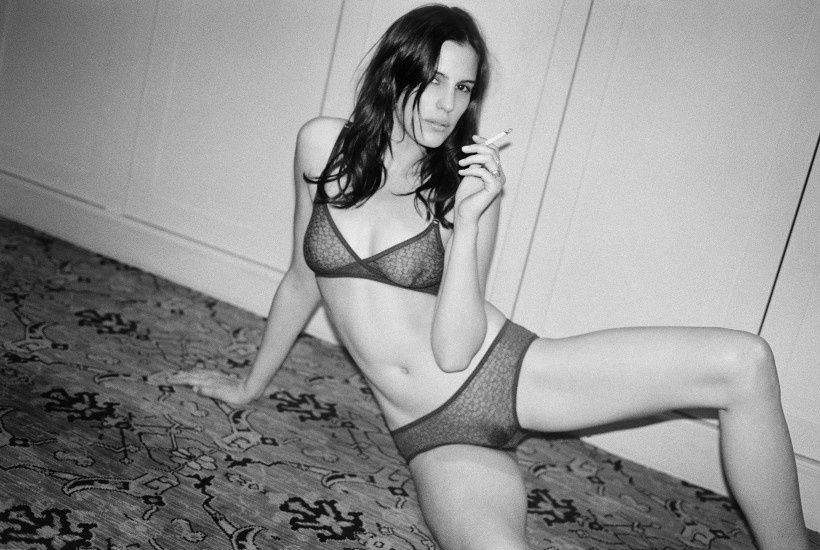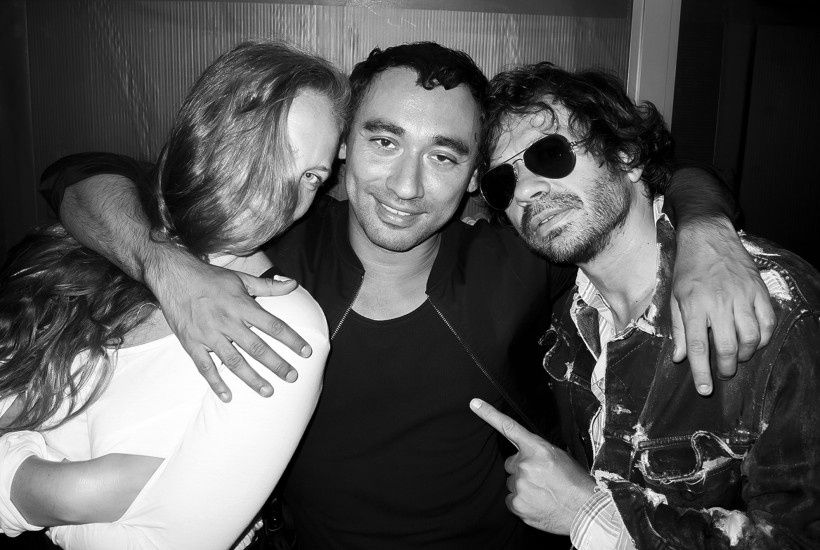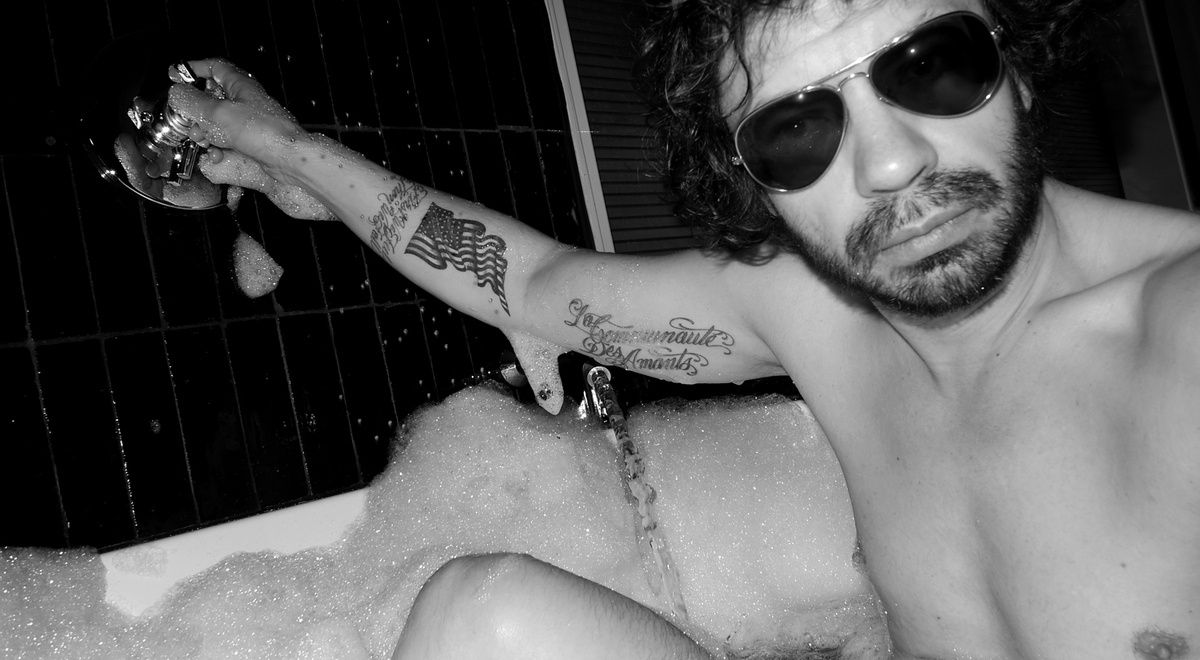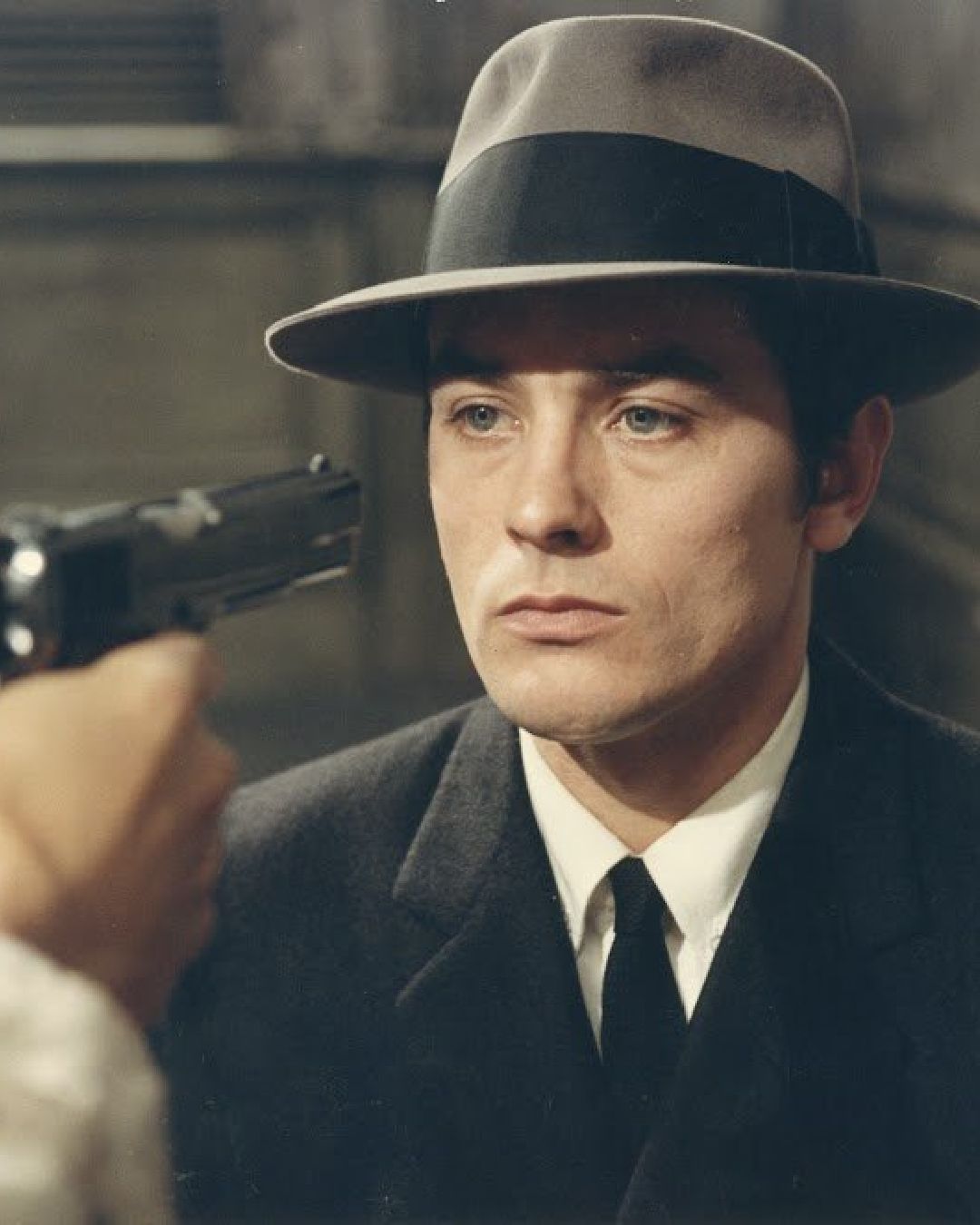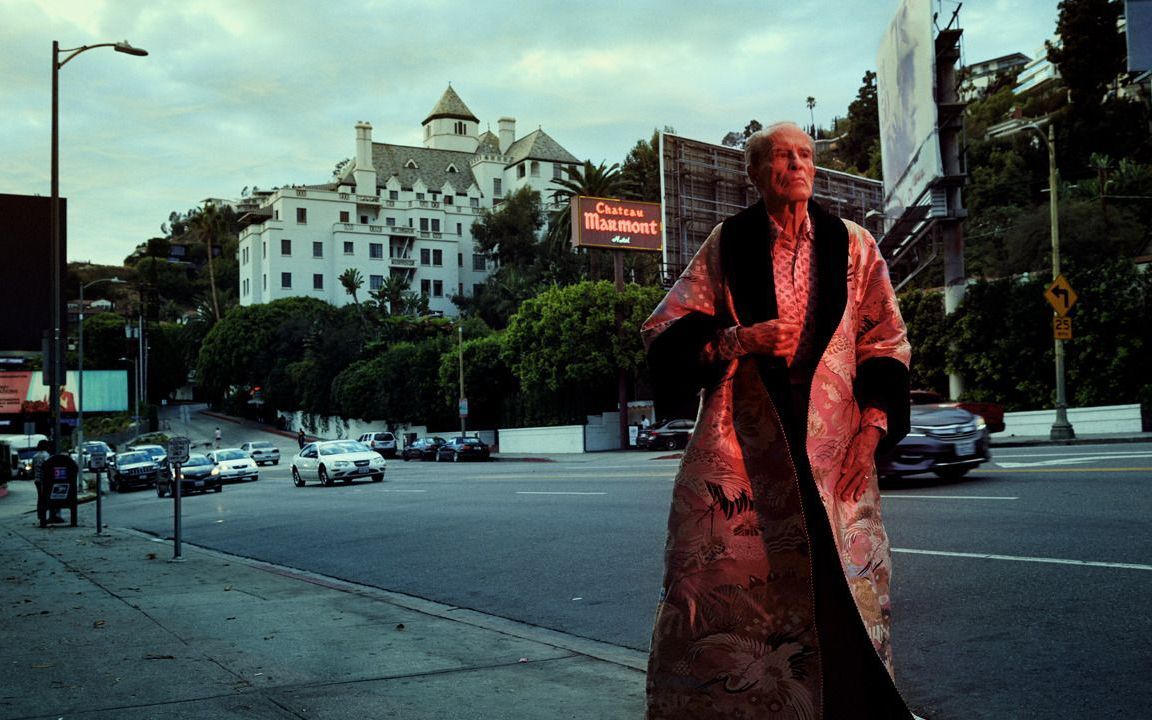
15 things we learnt from Olivier Zahm at Milan' Fashion Film Festival Sept. 24-26
Aviator sunglasses, biker boots, skinny jeans, long hair. Olivier Zahm is faithful to his look as much as he is to his ideas. He’s one of the most iconic editors worldwide, although his creature is an independent magazine, and we all know how difficult it is for this kind of press to survive today.
Purple – the magazine he founded alongside his then girlfriend, Elein Fleiss, in 1992 – is actually much more than a magazine to him: it's his life. It's within this biannual, colourful volume that his provocative and revolutionary ideas have been funnelling for over twenty years now, wisely combining his love for art and fashion, drenched with his distinctive eroticism.
It is no coincidence that the founder Fashion Film Festival Milano, Cavalli Costanza Etro, wanted him among the members of this year’s jury. During his conversation with the curator of the event, Gloria Maria Cappelletti, we collected 15 interesting facts about this Parisian celebrity-editor, without whom today's publishing industry would not be the same:
#1 He was supposed to be a teacher. “My parents were both teachers, so they wanted me to become a teacher as well. I tried to escape my destiny by going out at night and getting into the art world”.
#2 Artists need to be (a bit) crazy. “You need to be crazy to be an artist. You need to know the past, and then forget it”.
#3 He wanted to be a filmmaker at some point. “Now I dedicate myself to fashion, art, architecture, journalism, semiology and linguistics”.
#4 He’s (still) in love with the ‘70s. “I love everything made in 1977. I loved being an adolescent in the ‘70s. I still have that utopia”.
#5 Being an art curator nowadays. “They asked me to become the curator of the Palais de Tokyo in Paris when it opened, but I wanted to be more free. That’s why I created the magazine”.
#6 A life dedicated to Purple. “The ‘90s were for me the beginning of a new era. Purple was meant to be the voice of the new generation, and all the exhibitions I curated since then were all signed Purple. I also stopped writing for any other magazine or catalogue, Purple became my only focus and occupation”.
#7 You don’t make money with independent magazines. “I make money by working freelance for fashion brands as an art director and photographer, this makes me free to dedicate myself to what I like in the rest of the time”.
#8 There’s no talent in art agencies. “All the ones I know in Paris and New York are bad. They only think of marketing and lack of emotions”.
#9 You can’t speak to the masses. “You need to speak to SOMEONE, the masses don’t exist. If you want to speak to everyone, you only need a logo”.
#10 Against the current press. “The press system is so bad today, it can destroy your brand. I hate when I find a press release of the seat of a show, I never read it. Nobody can tell you what to see when watching a show”.
#11 Fashion photography vs Fashion film. “I prefer fashion photography than fashion film. Fashion films actually try to imitate the perfection of fashion photography. You need one second to appreciate a beautiful picture, fashion films are longer and can become boring”.
#12 Photographers vs Fashion Photographers. “A good fashion photographer is not necessarily a good photographer as well. It is very rare to be able to do both in a good way, Juergen Teller is one of the only exceptions nowadays”.
#13 Cinema is the opposite of fashion. “Their only connection is the costume design, but costumes in cinema are not to be mistaken with fashion, they’re part of the storytelling, just like the props and the lights. Costumes first is crazy! Only Wes Anderson can do it.”
#14 His fashion films. “In the fashion films I shot for brands like Armani and Santoni, I tried to be honest to my ideas and aesthetics. Their focus weren’t the clothes but the emotions. When you create a fashion film, you can’t start from a brand. You need to start from a woman – because fashion is about women – her psychology and feelings.”
#15 Analog vs Digital. “Instagram is replacing everything. I do use it a lot, but it’s very different from fashion photography. With an iPhone, you just want to grab the picture: like cocaine, you want it NOW. Nothing compared to the emotions of developing analog pictures”.










































